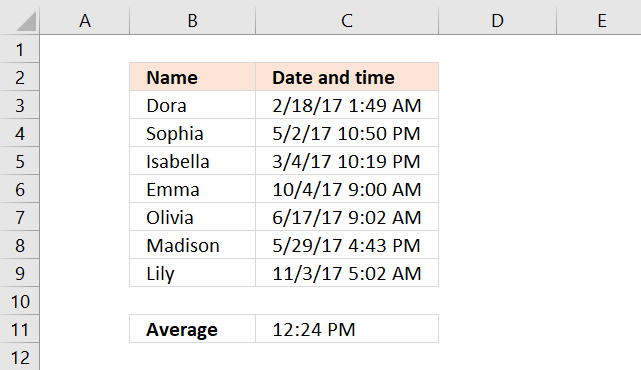
This system is motivated by the great needof government agencies, ecommerce companies and Web development organizations to secure their computer networks. This paperdesigns a Network Monitoring System (NMS) which is an active defense and complex network surveillance platform designed for ISPs to meet their most rigorous security requirements. These systems make network administrators fully aware of the potential vulnerability of their networks. Sections VI concludes the study and analysis done in earlier sections and gives a direction of future work associated with this study.ĭue to rapid changes and consequent new threats to computer networks there is a need for the design of systems that enhance network security. Where various tables and charts according to the implementation were attached those help to derive conclusion. Section V contains results and discussion. Section IV tells about the flow of execution and methodology followed, here in this section hybridization of binary searching and parallel threads processing can be seen. Section III contains the hypothesis were taken in part for implementation and results verifications. Remaining sections of papers are as follows, Section II discusses the related work done towards binary search and parallel processing. Here in this paper we are comparing the performance of binary search for threads one, four and eight threads based iterative and recursive version of searching. Here in binary search there is a necessary condition it tells all the elements must be in a sorted array so the number of comparison will be equals to the number of elements available in the array at worst case. Parallel execution of any program can be achieved by assigning the work to more than one processor and/or by multithread based execution of program. In sequential processing the number of elements those can work together will be fixed and only one while it may be two or more than two are available for parallel processing. Since the need of storage capacity is growing exponentially thus there is always a demand of performance improvement in time, space, order, iterations and recursion etc. The need of time reduction is truly mandatory in contrast to modern data and performance scenario. The invention of single instructions multiple data approach beats vector and array processors on certain features specially dealing capacity of multiple instructions at a time. The thing which cumulatively affects the time taken to the complete execution is the processing speed and number of processing elements executing simultaneously. Thus the comparisons taken will be less with respect to the linear search. This concludes that if we are searching any key element in a given array so the number of comparison will be either less than or equal to the half of the number of elements in array.

These iterations will be continued until we get the key or either we met with the last or first element of the array. If the middle element is larger than our value then the searching will be performed again in the left sub array of the main array, else we approach towards right sub array. If it matches with the element which we are searching for, the index value of that matched element will be given out else it is noticed that whether this middle element is larger than the element which we are searching or smaller. first value of the array as per discussed sorting mechanism Under binary search the target element is searched with comparing the middle element of the sorted array. Initially do it with the help of the highest value (last element if ascending sorted order has been followed) and with least value i.e. The concept is to divide the array into two sub arrays. The necessary and sufficient condition for this searching technique it the working array must be sorted. The best case complexity order is equivalent to O(1).

INTRODUCTION Binary search is a searching algorithm that gives result with order of complexity O(log n) in an average case and in worst case too. Further, analysis has been done with parallel processing. In this paper an analysis of state of art bisection algorithm has been presented with certain parameters as effectively with some dynamic alteration in input. Among state of art approaches binary search relies on divide and conquer approach explore key item at mid element of array after each iteration and accordingly moves interval to new sub range. So there is versatile need to seek improvement for performance. Apart from time and space metrics, energy, pattern and size of input, exact match or approximations are also key issues to be considered. These functions may perform operations sorting, searching, updating DBMS frequently.

In order to deal with huge data set alternative design with proper function is desirable.


 0 kommentar(er)
0 kommentar(er)
